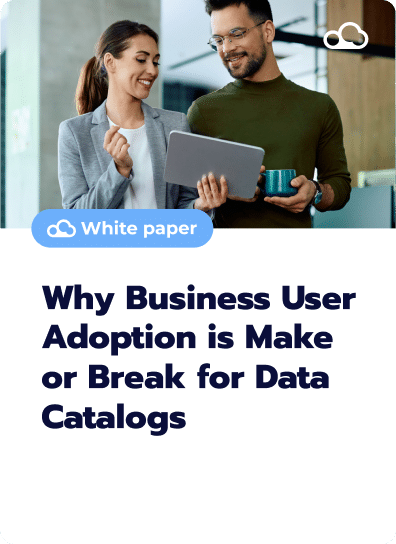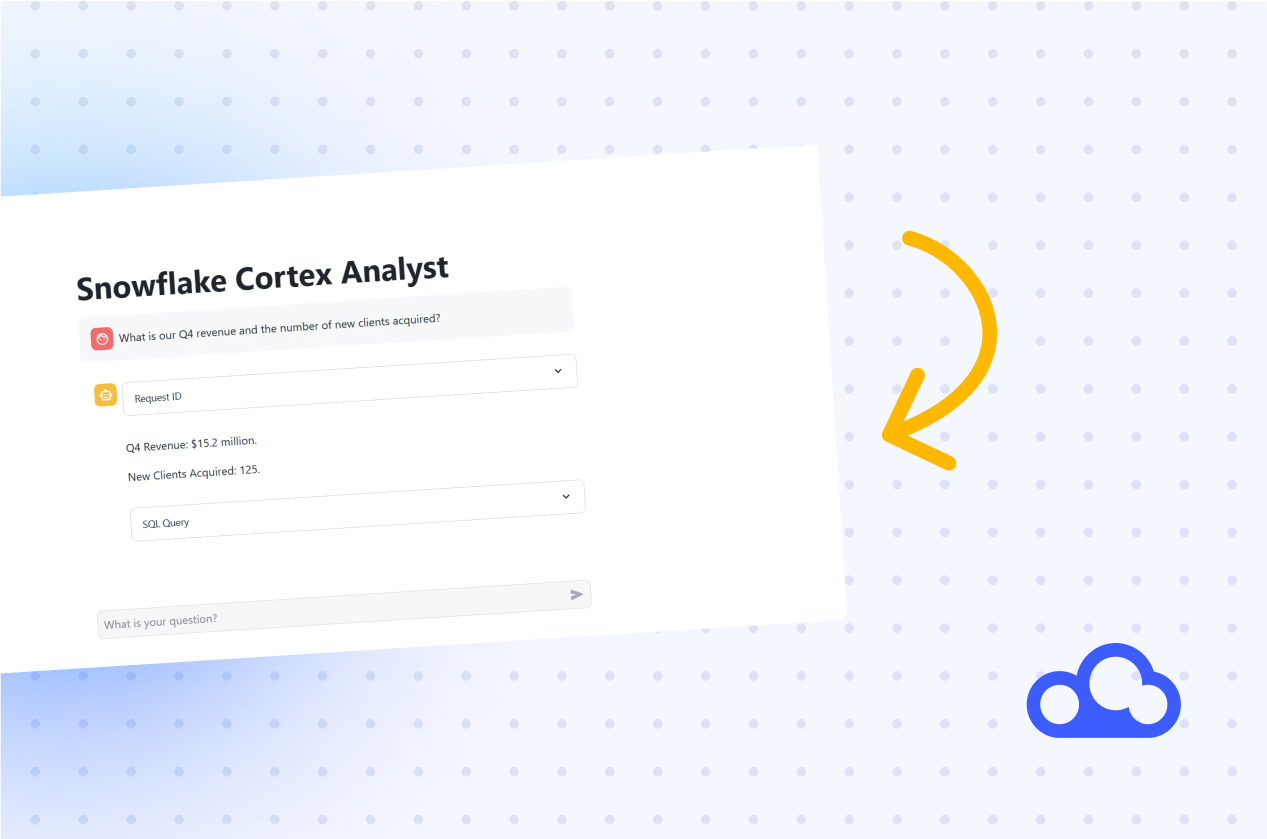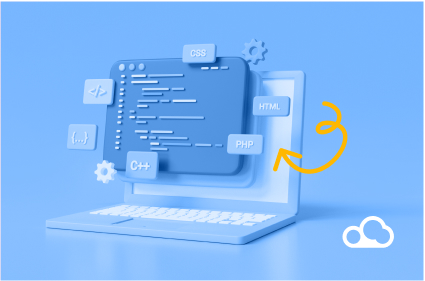Data lineage allows you to visualize the life cycle of data through clear mapping and is a highly sought-after feature of the data catalog.
Defining the origins and transformations of data is an essential step in any data governance strategy.
Put simply, data lineage is the visual representation of the data life cycle. This mapping allows you to see the origin of the data, its transformations, and its uses. This tool is vital for understanding how specific data has moved and been used in the past and its daily use.
Often appearing as a tree chart, it contains the:
- Origin and sources of the data (inputs, APIs, connected objects, etc.)
- Location in your information system
- Transformations and treatments it has undergone from the source to the final uses (aggregation, normalization)
- People who transformed and processed the data
- Final uses of the data
The data lineage links the different components of the data catalog, including the Business Glossary and the Data Dictionary.
Thus, each user has access to all the information on the data and its path within the company.
Types of lineage
There are two types of data lineage:
Business lineage
Technical lineage
Data lineage: Seven key benefits
#1: Support your regulatory and compliance initiatives
GDPR plays a key role when it comes to data management and governance. You must have an overview of the reporting processes, indicators, calculation rules, and data used by your teams.
Control is even stricter for sensitive sectors such as banking or financial services, which must comply with LCB-FT regulations. All these regulations require the traceability of customer data. All companies that collect data and data must be able to track it.
With data lineage, you can access a clear and precise visual output of all your data. This data mapping responds to the challenge of regulations on the protection of personal data.
#2: Improve data governance
Data lineage provides a shared vision of the company's data flows and metadata. It is an essential step in the construction of true data governance.
Data lineage allows you to share clear data quality rules, design an efficient architecture for your information system, and transmit significant business value to the company.
#3: Track errors easily
With a complete history of the data's path and transformations, organizations can easily identify errors and fix them quickly. This also makes transforming and implementing changes easier and less risky.
Technical teams rely on data lineage to analyze data management problems (erroneous data sources, duplicates, etc.) and correct them. This information allows quick and easy troubleshooting and helps ensure the data's quality.
#4: Save time
Data lineage makes it easier to automate data documentation. It also removes the need to conduct impact analysis manually, freeing up valuable time.
#5: Facilitate decision-making
Data lineage aids decision-making by giving a clear overview of the data's lifecycle. All the company's business referents (product, marketing, HR, finance teams, etc.) have easier access to accurate and reliable data.
#6: Automate extraction
Historically, data teams have had to record data lineage manually. Nowadays, we are lucky enough to have the technology to do it automatically. By automating the process, data users can save time and energy.
#7: Unlock business value
Tracing your data lineage is only the first step! Knowing how your data is used in various business processes is critical for making better and more optimized business decisions.
Why is data lineage important?
Data lineage provides a wealth of context for your data.
While knowing a data's source is important, it is crucial to visualize and understand its complete lifecycle. You should be able to trace your data to the port of entry and understand its flow, transformation, and storage at any time.
Each person in the company interacts with the data differently. For example, IT teams will be more interested in the data's technical data lineage. In contrast, business users will be more concerned about how it is used to make high-level business decisions.
Data lineage visualizes the life cycle of data, as well as the origins and transformations along the data path. It allows you to quickly grasp and understand how various data was created, modified, and used.
Ultimately, it allows companies to optimize the data manipulation process by improving its traceability. It is an indispensable asset for all companies with a complex data system or for which data represents a strategic issue.
Conclusion: Track your data more meaningfully
In conclusion, data lineage is a critical part of the data catalog and allows you to track your data's origin, transformation, and downstream uses. It can provide essentially unlimited detail about what transformations have taken place during its lifetime - Enough to satisfy the most data-picky of analysts.
After all, any company that wants to be taken seriously in the digital age must have a handle on data lineage.
Your data,
revolutionized









